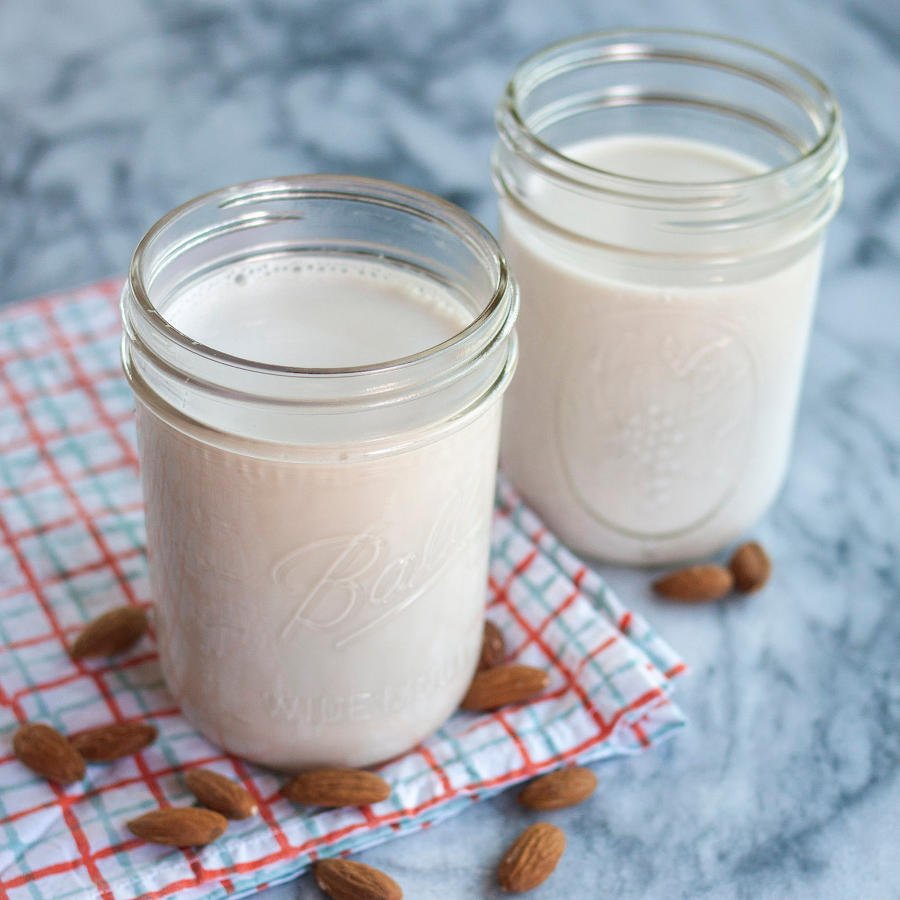DIY almond milk

Once you realise how easy and good home-made almond milk is, you won’t go back to store-bought versions. Thanks to The Kichn for the recipe and photo.
Makes about 2 cups
Ingredients:
- 1 cup raw almonds, preferably organic
- 2 cups water, plus more for soaking
- Sweeteners like honey, sugar, agave syrup, or maple syrup, to taste, optional
Equipment:
- Bowls
- Strainer
- Measuring cup
- Blender or food processor
- Fine-mesh nut bag or cheese cloth
Instructions:
Soak the almonds overnight or up to 2 days. Place the almonds in a bowl and cover with about an inch of water. They will plump as they absorb water. Let stand on the counter, covered with a cloth, overnight, or refrigerate for up to 2 days. The longer the almonds soak, the creamier the almond milk.
Drain and rinse the almonds. Drain the almonds from their soaking water and rinse them thoroughly under cool running water. At this point, the almonds should feel a little squishy if you pinch them. (It's best to discard the soaking water because it contains phytic acid, which inhibits the body's ability to absorb nutrients.)
Combine the almonds and water in a blender. Place the almonds in the blender and cover with 2 cups of water.
Blend at the highest speed for 2 minutes. Pulse the blender a few times to break up the almonds, then blend continuously for two minutes. The almonds should be broken down into a very fine meal and the water should be white and opaque. (If using a food processor, process for 4 minutes total, pausing to scrape down the sides halfway through.)
Strain the almonds. Line the strainer with either the opened nut bag or cheese cloth, and place over a measuring cup. Pour the almond mixture into the strainer.
Press all the almond milk from the almond meal. Gather the nut bag or cheese cloth around the almond meal and twist close. Squeeze and press with clean hands to extract as much almond milk as possible. You should get about 2 cups. (See Recipe Note for what to do with the leftover almond meal.)
Sweeten to taste. Taste the almond milk, and if a sweeter drink is desired, add sweetener to taste.
Refrigerate almond milk. Store the almond milk in sealed containers in the fridge for up to two days.
Recipe Notes
Using the leftover almond meal: The leftover almond meal can be added to oatmeal, smoothies, and muffins as it is. You can also spread it out on a baking sheet and bake it in a low oven until completely dry (2 to 3 hours). Dry almond meal can be kept frozen for several months and used in baked goods.